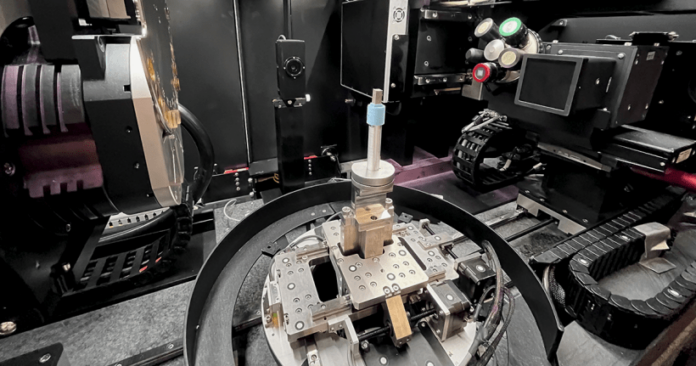While inspection time for 3D parts may vary from one application to another, experts estimate that it can take around 25% of the total production time. That’s why, the more complex inspection processes are, the more difficult it is to deliver products quickly and efficiently.
In the AM industry, several technology providers have made it their core business to develop inspection solutions that could inspect quickly and efficiently. Researchers from ORNL’s nuclear division joined this cohort by creating a software algorithm to reduce the time to inspect 3D printed parts for nuclear applications by 85 %.
They are now training the algorithm for Idaho National Laboratory (INL) to apply similar methods for irradiated materials and nuclear fuel.
ORNL’s new software algorithm
ORNL’s new software algorithm uses machine learning to rapidly reconstruct and analyze the images to significantly eliminate the cost, time, and number of scans needed to perform an inspection.
Researchers at INL applied ORNL’s new algorithm to analyze more than 30 3D printed sample parts in less than 5 hours of scan time. It would have taken more than 30 hours to complete each scan without the software—opening the door for potential applications with radioactive materials and fuels.
INL researchers often delay examining materials removed from a nuclear reactor for the safety of lab technicians. Radiation accrued during long X-ray CT scans can also wear on the detector, limiting its operating life and the accuracy of its images. Shorter scans would mean less radiation dosage per scan and less waiting while enabling higher-quality data and faster feedback to performance models.
“If we use this algorithm to reduce the scan time for radioactive materials and fuels, it will increase worker safety and the rate we can evaluate new materials, said Bill Chuirazzi, an instrument scientist and leader of INL’s Diffraction and Imaging group. “Down the road, it enables us to expedite the life cycle of new nuclear ideas from conception to implementation in the power grid.”
ORNL researcher Amir Ziabari, who first developed the algorithm to produce faster, more accurate scans of 3D-printed metal parts, is now training the software to do the same with radioactive materials and fuels.
The collaboration between ORNL and INL is expected to speed up the development and deployment of new reactor types to decarbonize the power sector.
Remember, you can post free-of-charge job opportunities in the AM Industry on 3D ADEPT Media or look for a job via our job board. Make sure to follow us on our social networks and subscribe to our weekly newsletter: Facebook, Twitter, LinkedIn & Instagram! If you want to be featured in the next issue of our digital magazine or if you hear a story that needs to be heard, make sure to send it to contact@3dadept.com.






